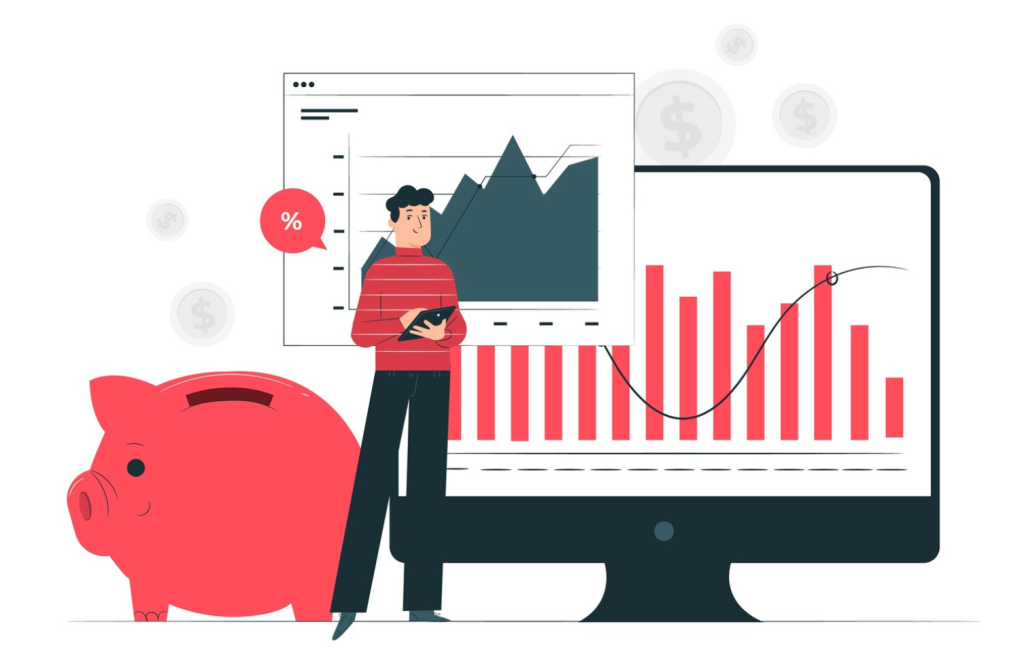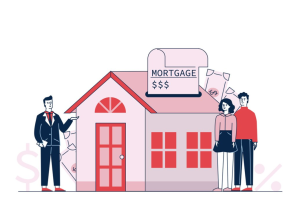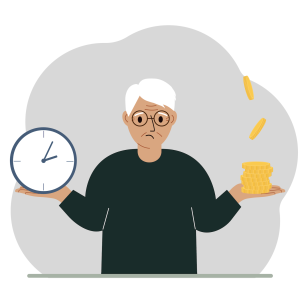Recent data from the Bank of England indicates a slight decline in consumer credit borrowing, suggesting that UK consumers are becoming more cautious with their finances amid ongoing economic uncertainties. The annual growth rate for consumer credit, encompassing credit cards, personal loans, and overdrafts, fell to 8% in June, down from 8.4% in May.
Key Trends in Consumer Credit Borrowing
The decrease in borrowing is evident across various forms of consumer credit:
- Credit Card Borrowing: The annual growth rate dipped to 10.5% in June, from 10.8% in May. Net borrowing through credit cards fell slightly to £0.5 billion in June, compared to £0.6 billion in May.
- Other Consumer Credit: Net borrowing through other forms of consumer credit, including car dealership finance and personal loans, decreased to £0.7 billion in June from £0.9 billion in May.
Overall, net consumer credit borrowing dipped slightly to £1.2 billion in June, from £1.5 billion in May. This trend indicates a more cautious approach by consumers towards taking on new debt.
Expert Insights
Richard Lane, Chief Client Officer at StepChange Debt Charity, emphasized the importance of a comprehensive strategy to address financial insecurity. “We’ve seen promising commitments from the new government to address financial insecurity among households – but we’re yet to see firmed-up details of what this will involve. A long-term strategy that looks at the affordability of essential bills and financial resilience is necessary to really curb reliance on credit to make ends meet,” Lane said.
Tom Cuppello, Director of Risk at Broadstone, noted the broader economic context affecting consumer behavior. “The consumer credit market remains more uncertain with borrowing ticking down again in June. While inflation has been rapidly reducing this year, prices are still rising and we have seen a significant increase in the cost of goods and services over the past two years.”
Cuppello added, “It is a positive that we are seeing consumers exercise caution in their use of credit to finance spending. It also backs up recent ONS figures on the nation’s households’ finances which showed a reluctance to spend in the uncertain economic climate. As we move to a more stable environment, we may see consumers loosen the purse strings and consumer credit borrowing rise again.”
The Economic Context
While inflation has been decreasing this year, the cost of living remains high, putting pressure on household budgets. This environment has led to a more conservative approach to spending and borrowing. The decline in consumer credit borrowing suggests that consumers are wary of taking on additional debt amidst the ongoing economic challenges.
Future Outlook
As the UK economy moves towards greater stability, there may be potential for an increase in consumer spending and borrowing. However, this will largely depend on the broader economic conditions and the effectiveness of government measures to enhance financial resilience and reduce reliance on credit.
Conclusion
The recent dip in consumer credit borrowing highlights a cautious approach by UK consumers in response to economic uncertainties. While this trend reflects a prudent financial strategy, it also underscores the need for comprehensive measures to address financial insecurity and support household budgets. As the economy stabilises, a potential rise in consumer spending and borrowing could signal renewed confidence in the financial landscape.






